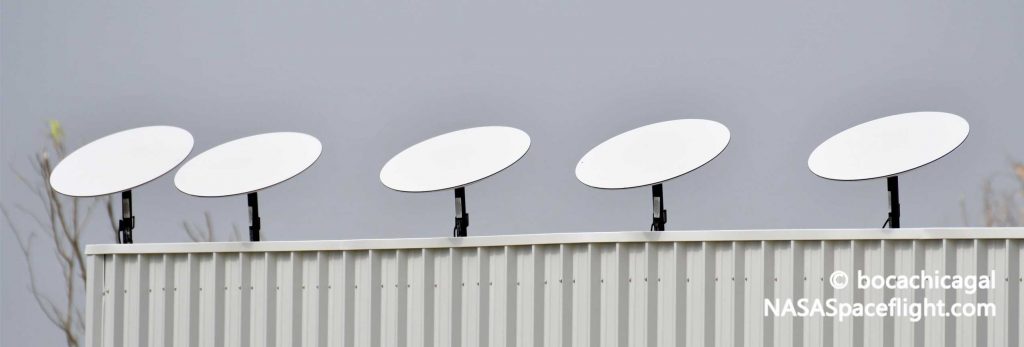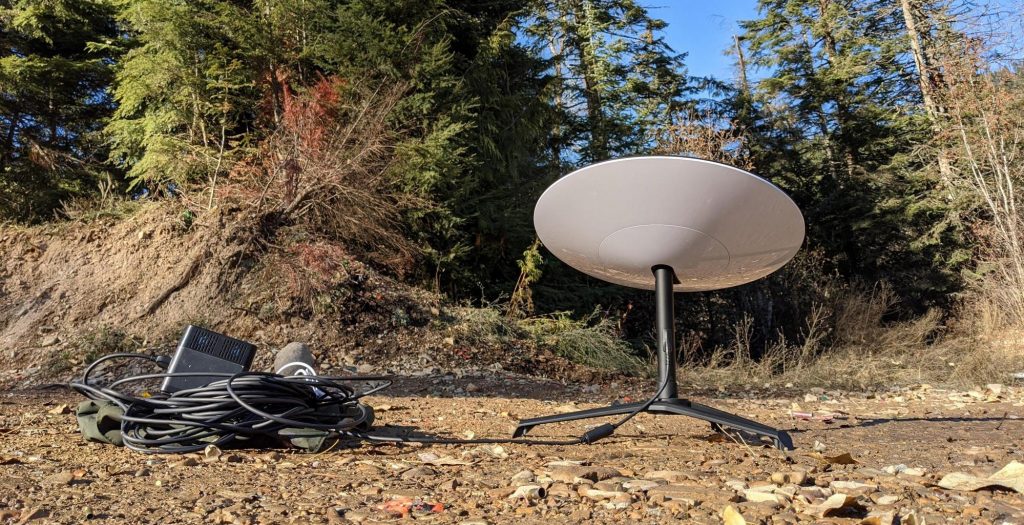SpaceX’s Starlink satellite internet has officially won regulatory approval in Canada and CEO Elon Musk says that the first beta invites will begin to be sent out a matter of days from now.
Known as Innovation, Science and Economic Development Canada (ISED), the decision was made well before most – including Musk himself – expected it, suggesting that the Canadian agency may have been responding to growing consumer enthusiasm and interest in Starlink internet. Since SpaceX began shipping Starlink user terminals to US beta testers less than two weeks ago, rural Americans have quickly come to heap praise on the new technology – warts and all.
Transparently deemed the “Better Than Nothing Beta” by SpaceX itself, the user-side hardware is still in its infancy and the satellite constellation is far smaller than optimal, resulting in the occasional dropped connection and inconsistent speeds and latency. Nevertheless, the service SpaceX has managed to deliver before anyone else appears to be extremely promising and is now poised to expand beyond the United States for the first time.
In the Northern US, particularly Montana, new Starlink beta users have already begun to demonstrate that the cutting-edge technology is impressively resilient in the face of extreme weather. Thus far, users have already shown their Starlink antennas happily chugging along in blizzard conditions – covered in snow, icicles hanging off – without significantly disrupting the quality of the internet they are delivering.
Canada will likely serve as an additional torture test for the Starlink antennas and services sent that way, although the far north will have to wait for the time being. At the moment, according to email correspondence between SpaceQ and Elon Musk, Starlink’s Canadian foray will be significantly limited at first. To understand why, one must first understand how Starlink works.
At the moment, each orbiting Starlink satellite services as a separate node in the network, only capable of communicating with user terminals (antennas) on the ground or more substantial SpaceX-operated hubs known as ground stations. Those ground stations are the backbone of the internet service, linking the orbiting network to the rest of the Earth-based internet. To connect end-users, a satellite orbiting over head will connect to their user terminal, receive uplink requests (clicking on a link, watching a video), route those requests through a separate beam to a ground station, which then beams that content back to the Starlink satellite before being beamed down to the end-user.


Without those ground stations, Starlink is (somewhat) akin to a home network WiFi router without a cable modem. Unfortunately for SpaceX, radiocommunication hardware installation is often strictly regulated and the process is almost always unique and non-transferable in every country on Earth. As such, even with approval to serve Starlink internet in Canada, SpaceX still has to wait for individual approvals for each ground station, of which one or several dozen are necessary. Until those ground stations are approved, Starlink will only be available to Canadians below the 55th parallel, give or take.
On top of ground stations, SpaceX will also need to launch many, many more batches of Starlink satellites to be able to offer reliable and uninterrupted internet in most of the northern hemisphere (and the rest of the world). Nevertheless, with nearly 900 operational Starlink satellites launched less than a year after the first operational mission, it’s difficult to doubt that SpaceX will make it happen – and far sooner than most would reasonably expect.
